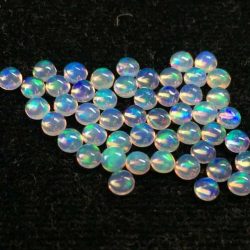History About Carnelian Gemstone
The World of Carnelian: A Gemstone with a Story
Carnelian is a beautiful gemstone with a distinct story that has been passed down through generations. Its warm, translucent orange color is a true testament to its exquisite nature.
The Origin of Carnelian
Carnelian, also known as ‘cornelian,’ was named after the color of the cornel cherry. Its history dates back 4000 years, where it was worn as jewelry by nobles and used as accessories by emperors and rich merchants. It has played a significant role in Greek, Roman, and Babylonian culture, where it was used as amulets and insignia rings and seals.
Carnelian also has a unique role in Christianity, where it is believed to have been one of the twelve gemstones worn on the breastplate of Aaron, the first high priest of the Israelite and a prophet.
The Use and Purity of Carnelian
Carnelian is a cryptocrystalline-microcrystalline silicon dioxide, ranging from 6.5-7 on the Mohs scale. Its waxy luster appears heavenly when viewed under sunlight. It is cut in various shapes, including round, oval, and cushion-shaped and hearts. It is similar to sard, which is harder and darker, and both are a different range of the silica mineral Chalcedony.
Carnelian’s impeccable exquisiteness makes it perfect for ornamental and decorative purposes. It is also used in making various sculptures, decorative and cameos. Due to its excellent hardness and durability, it is used as various types of jewelry, including pendants, bracelets, necklaces, and everyday gemstone rings.






